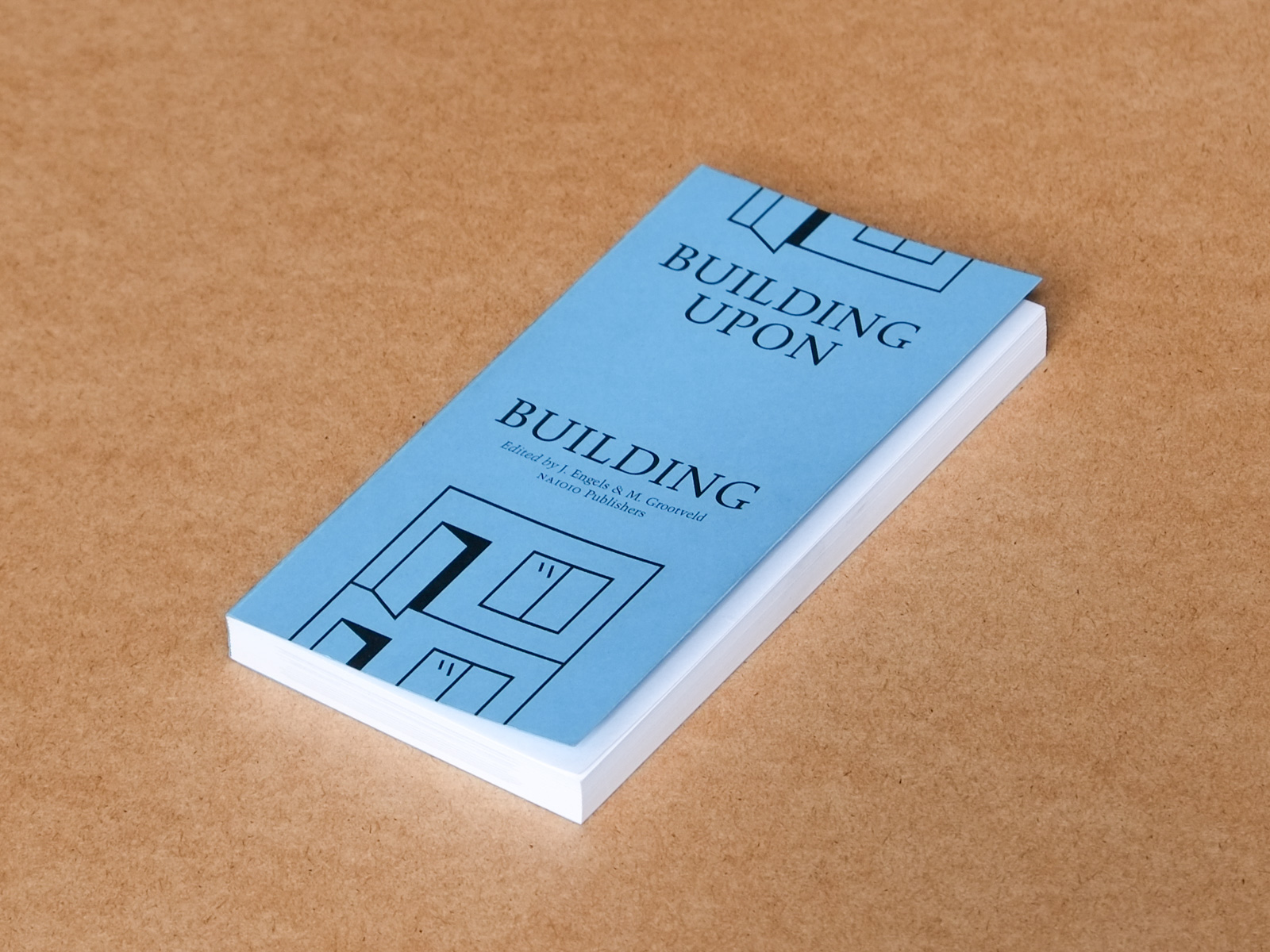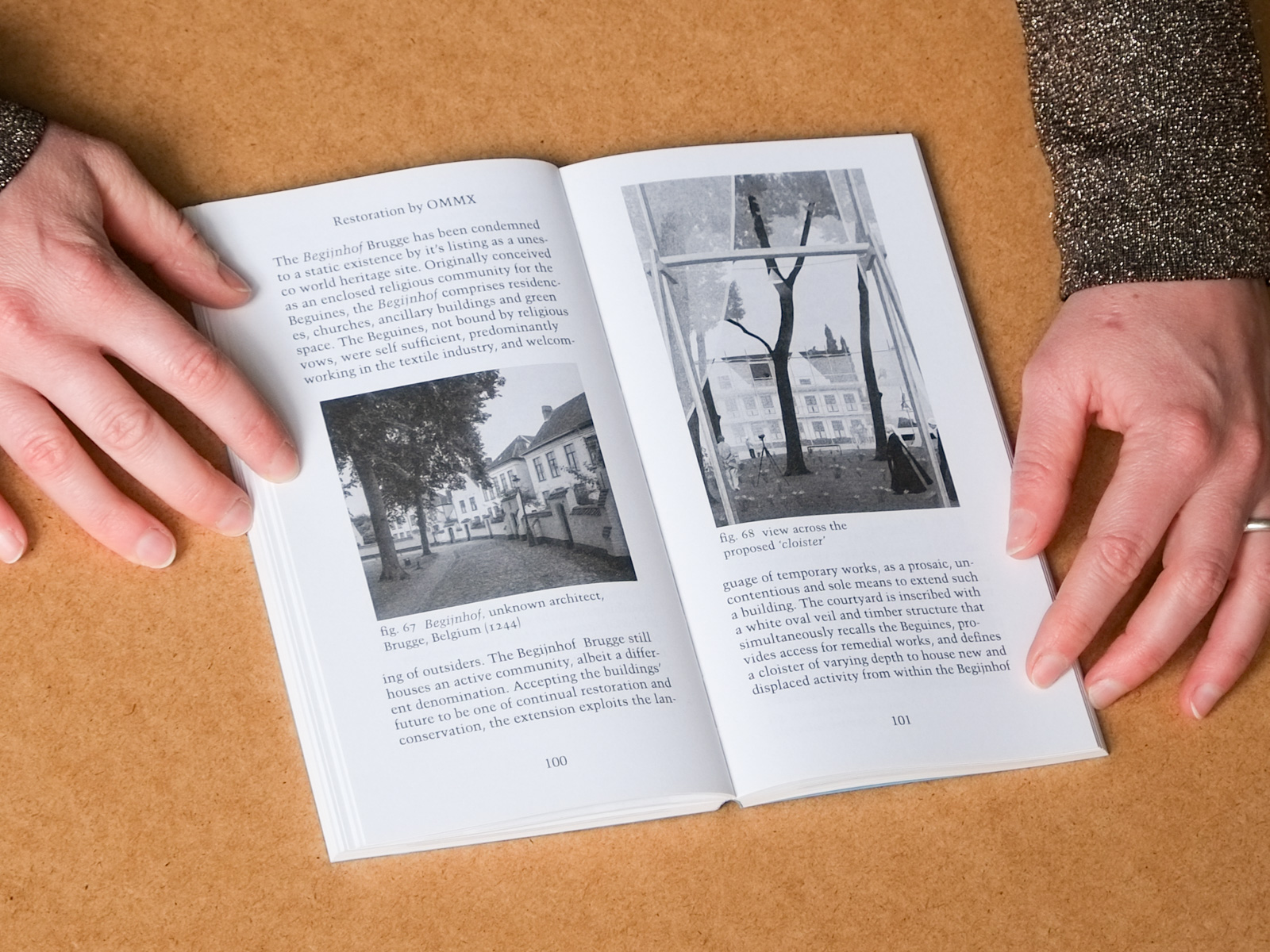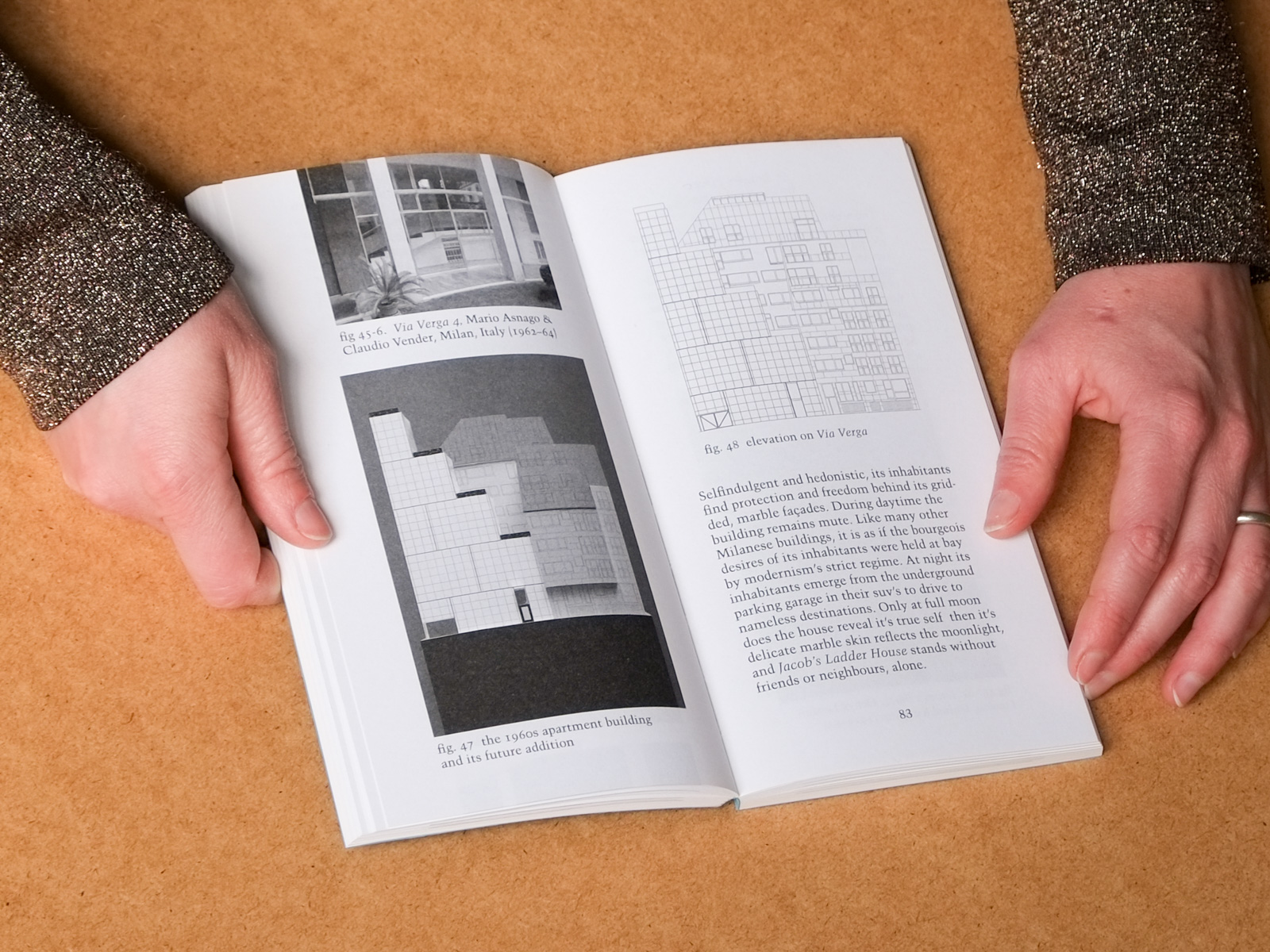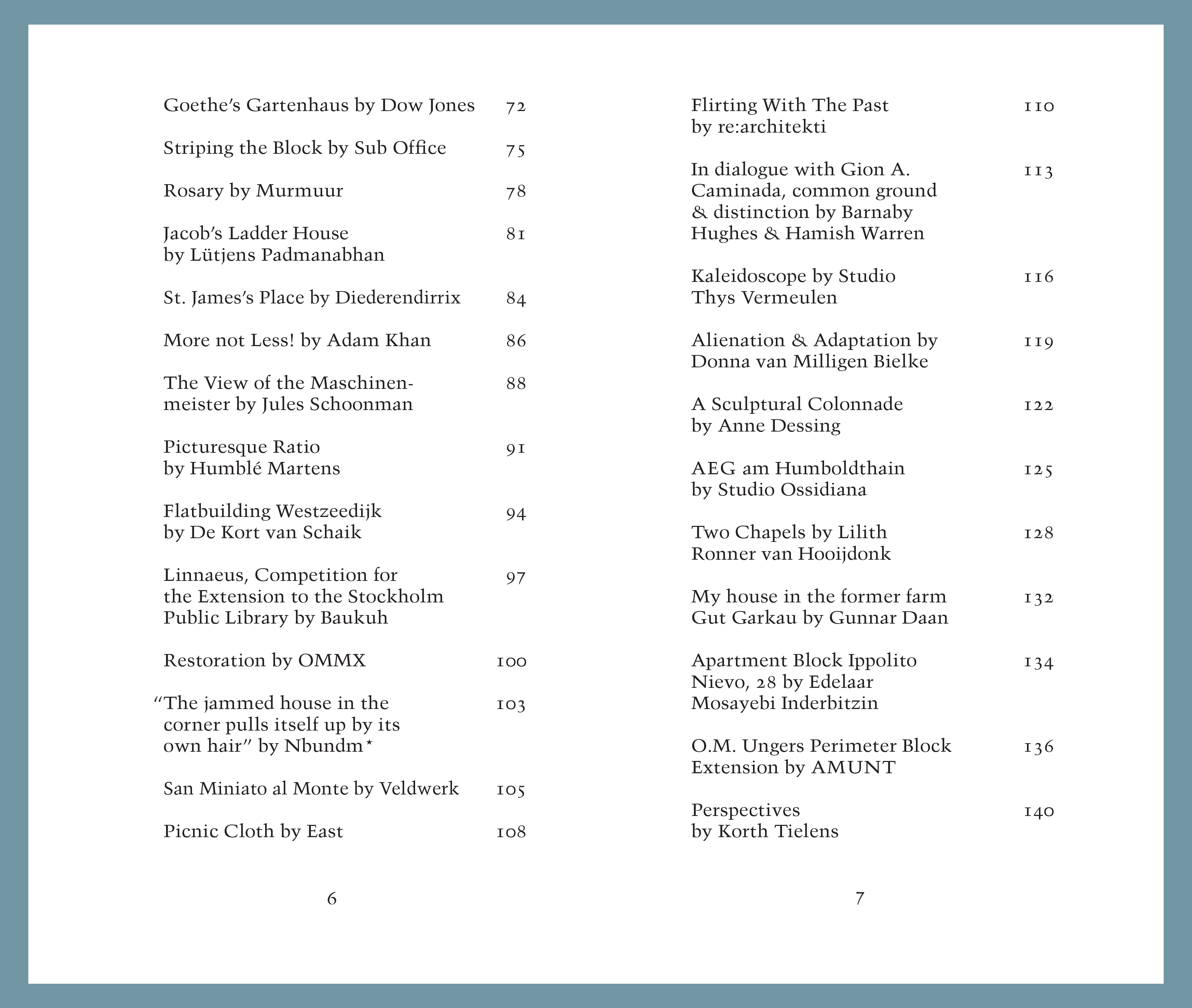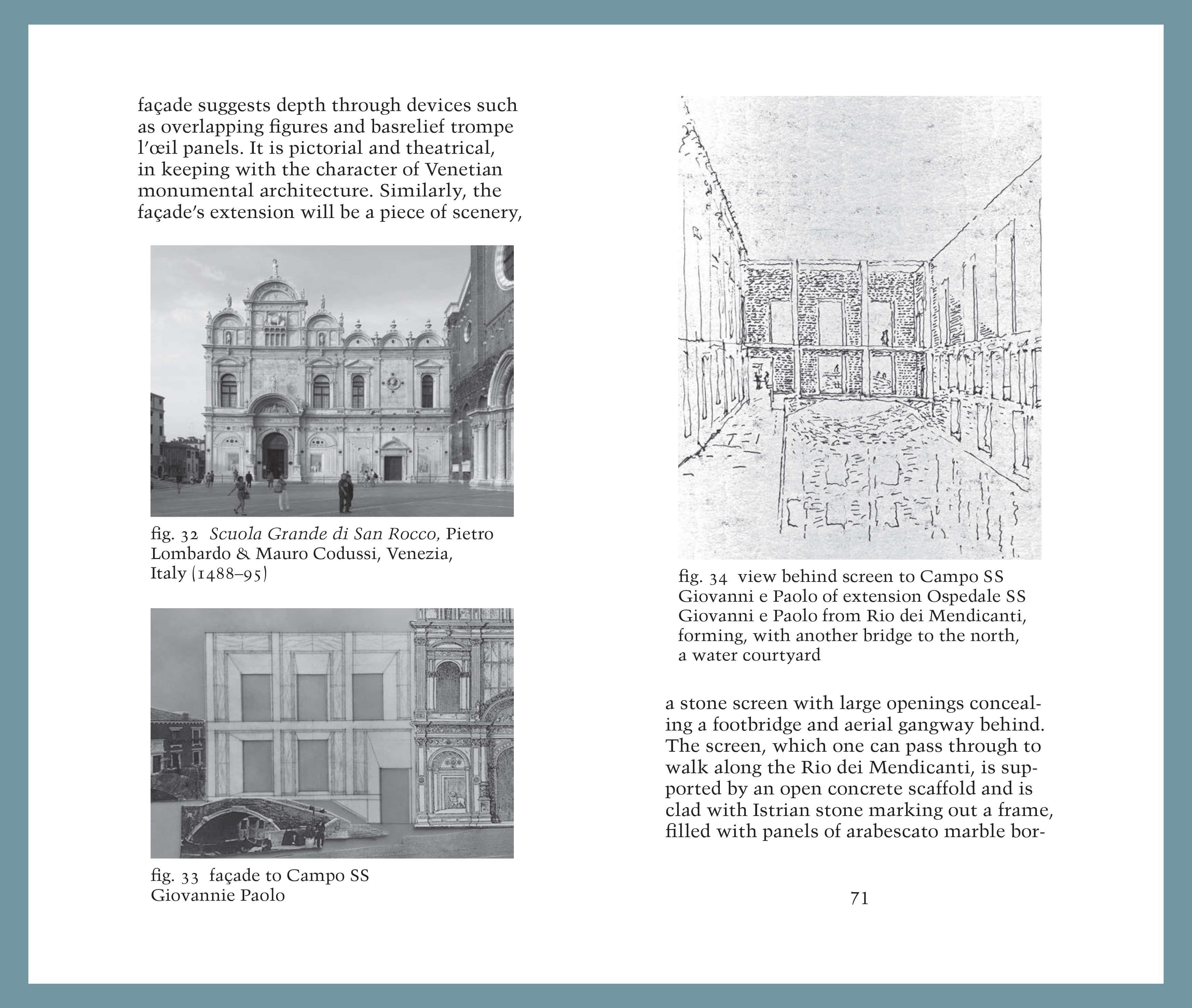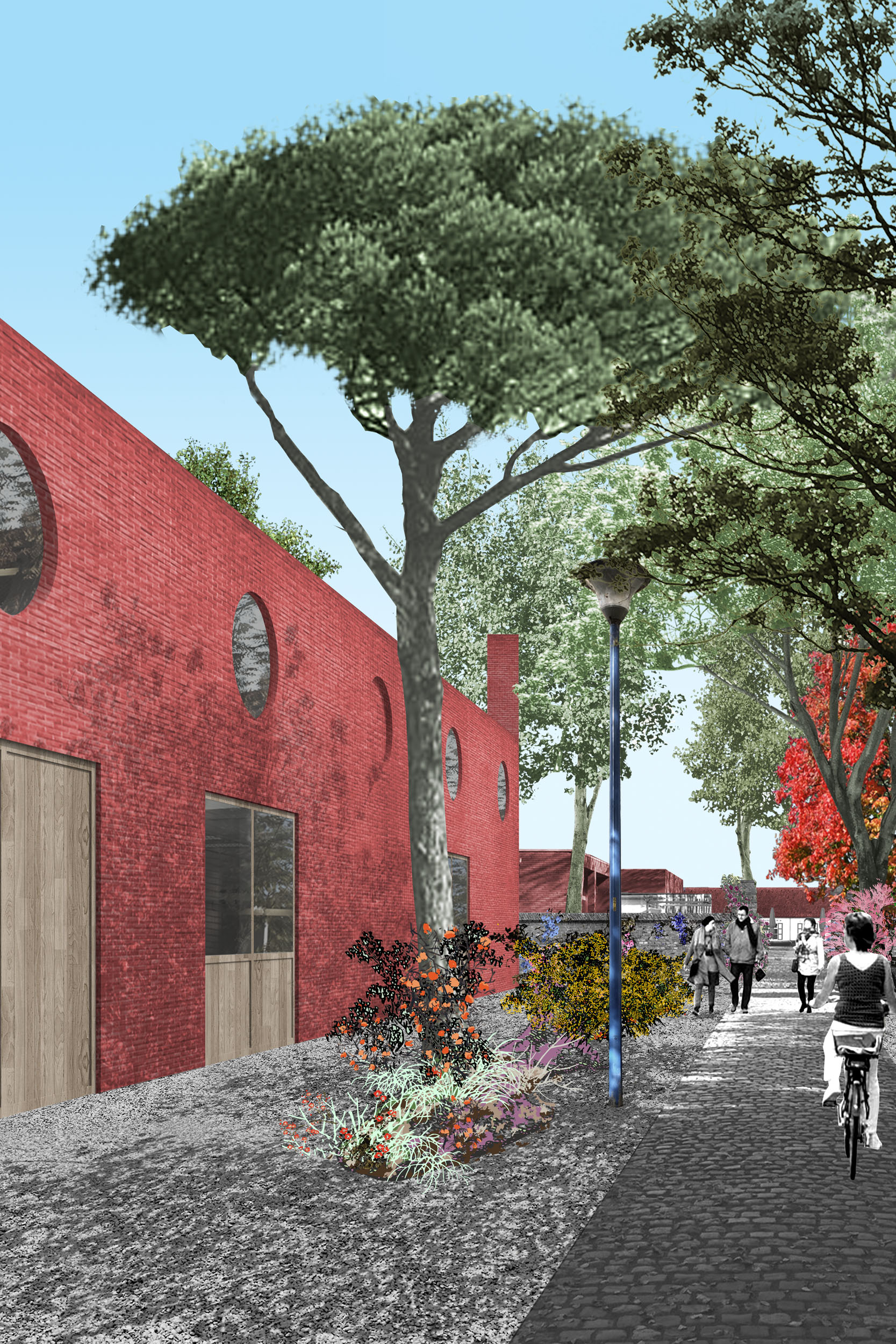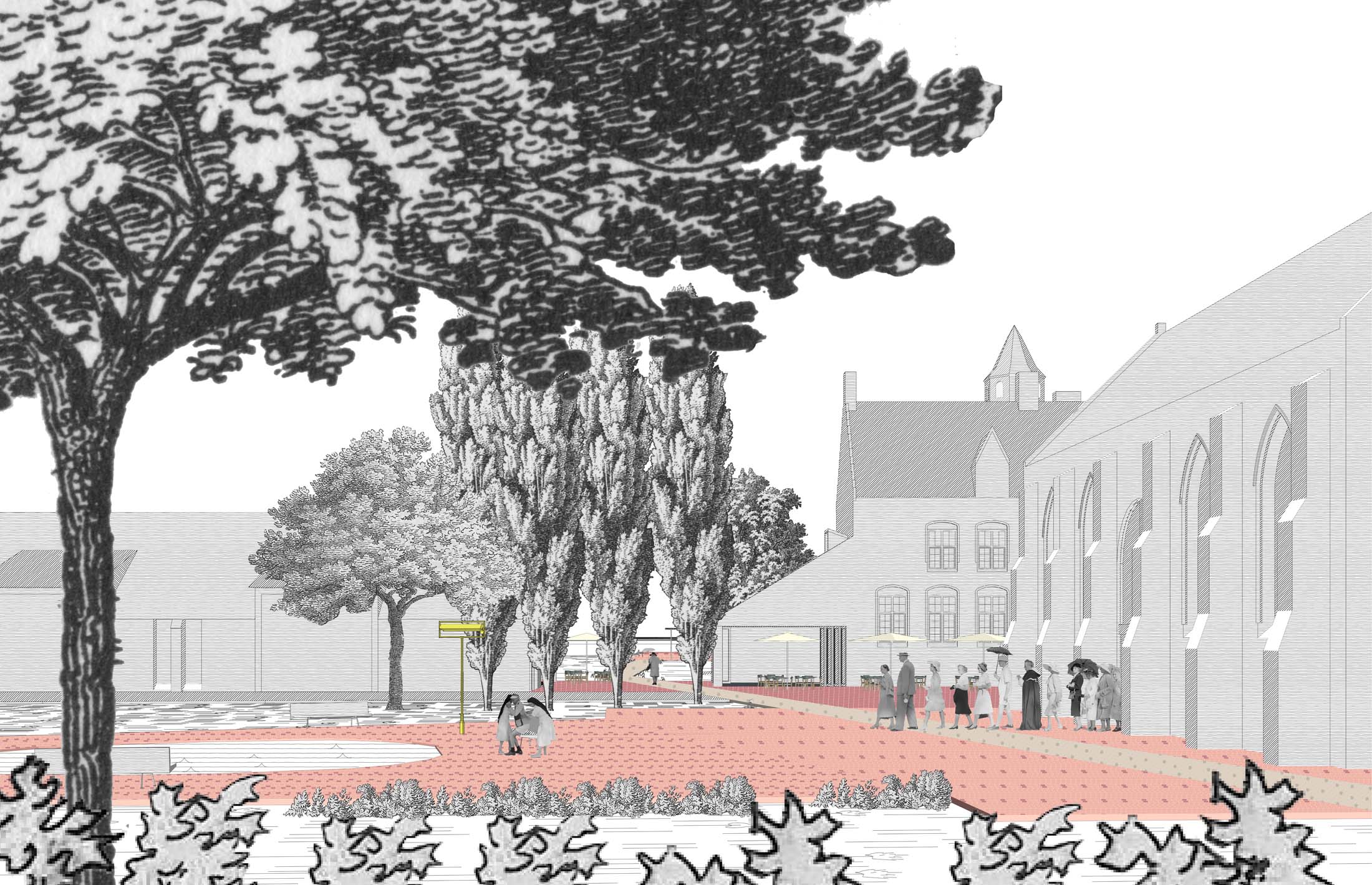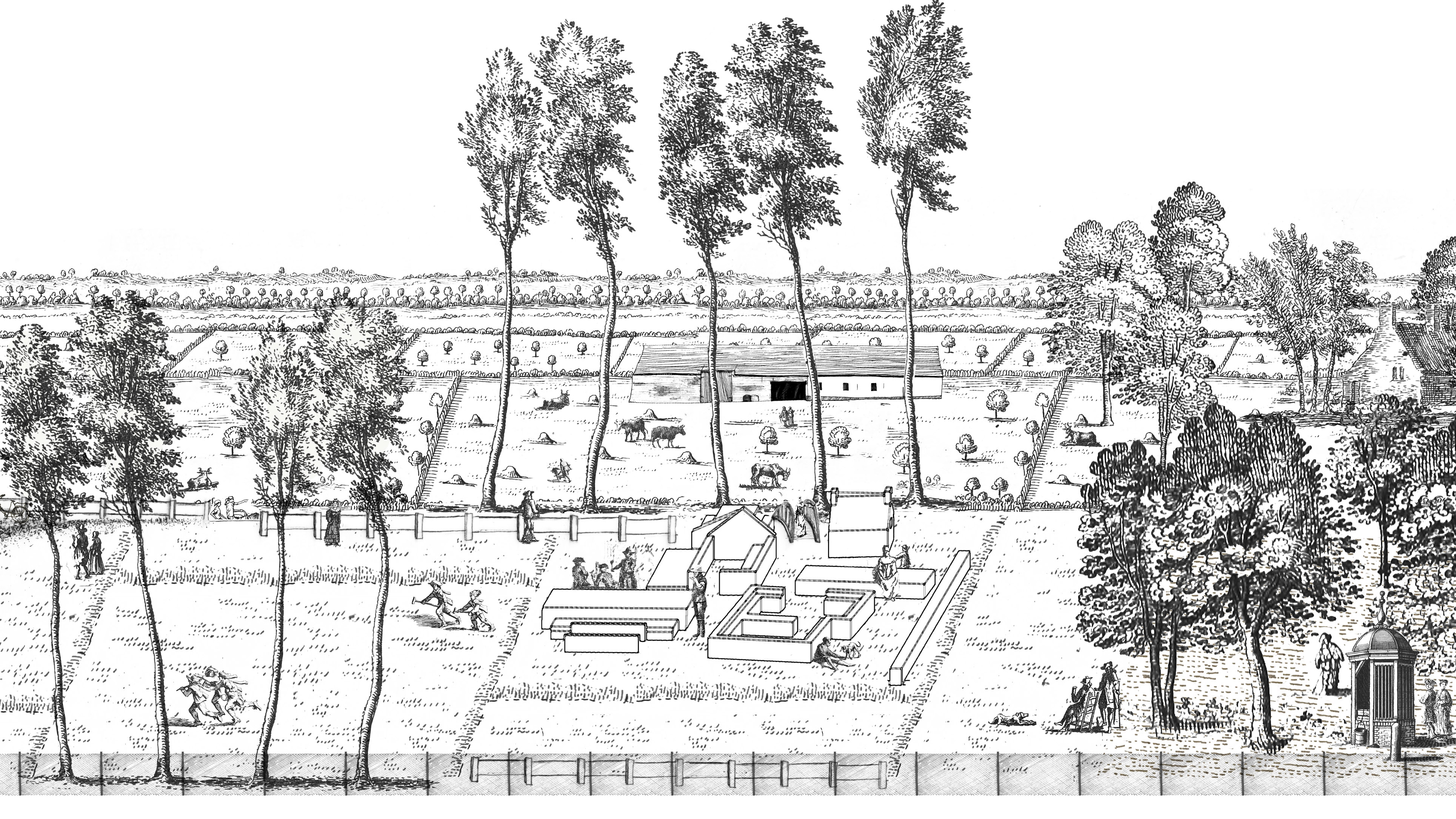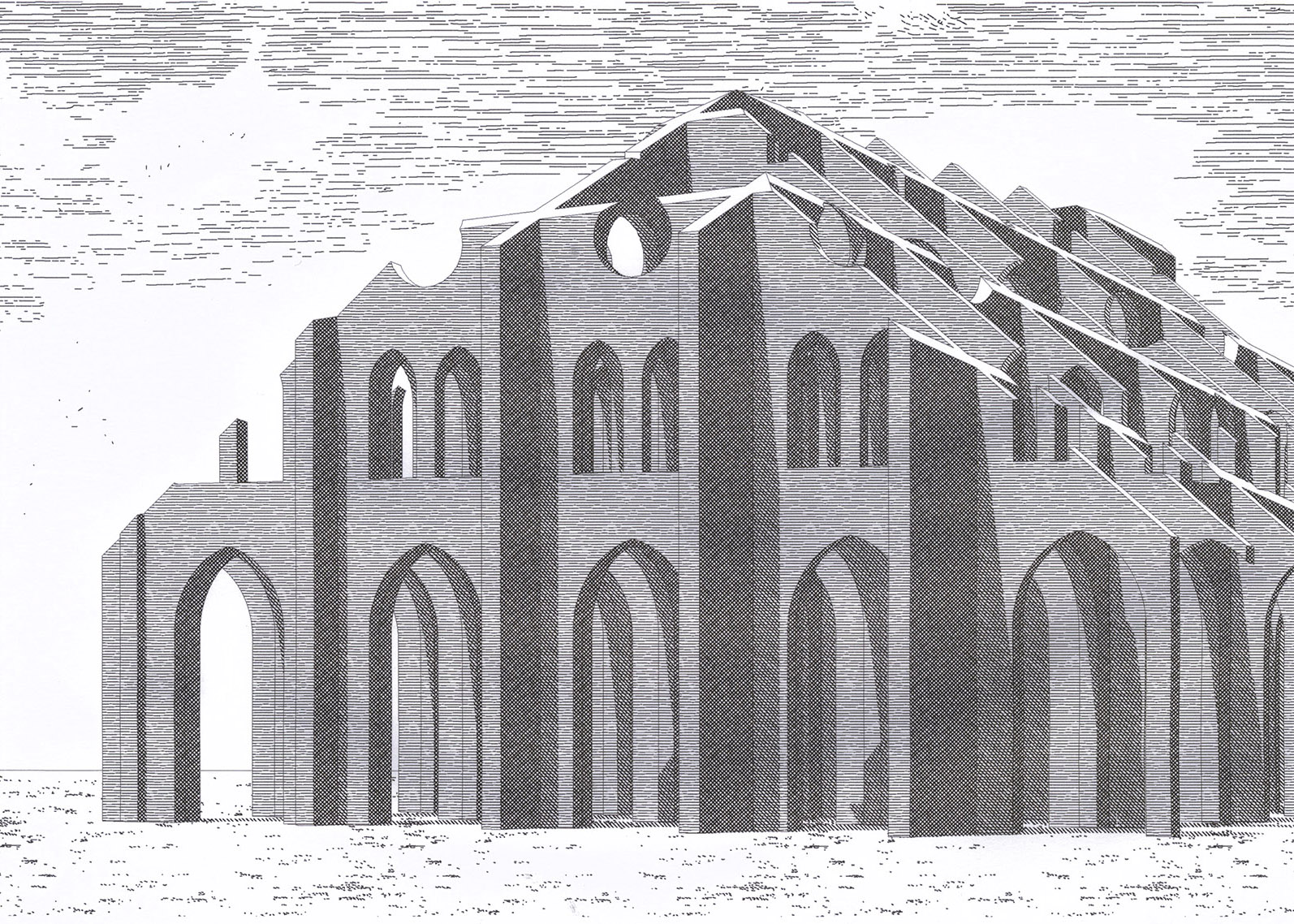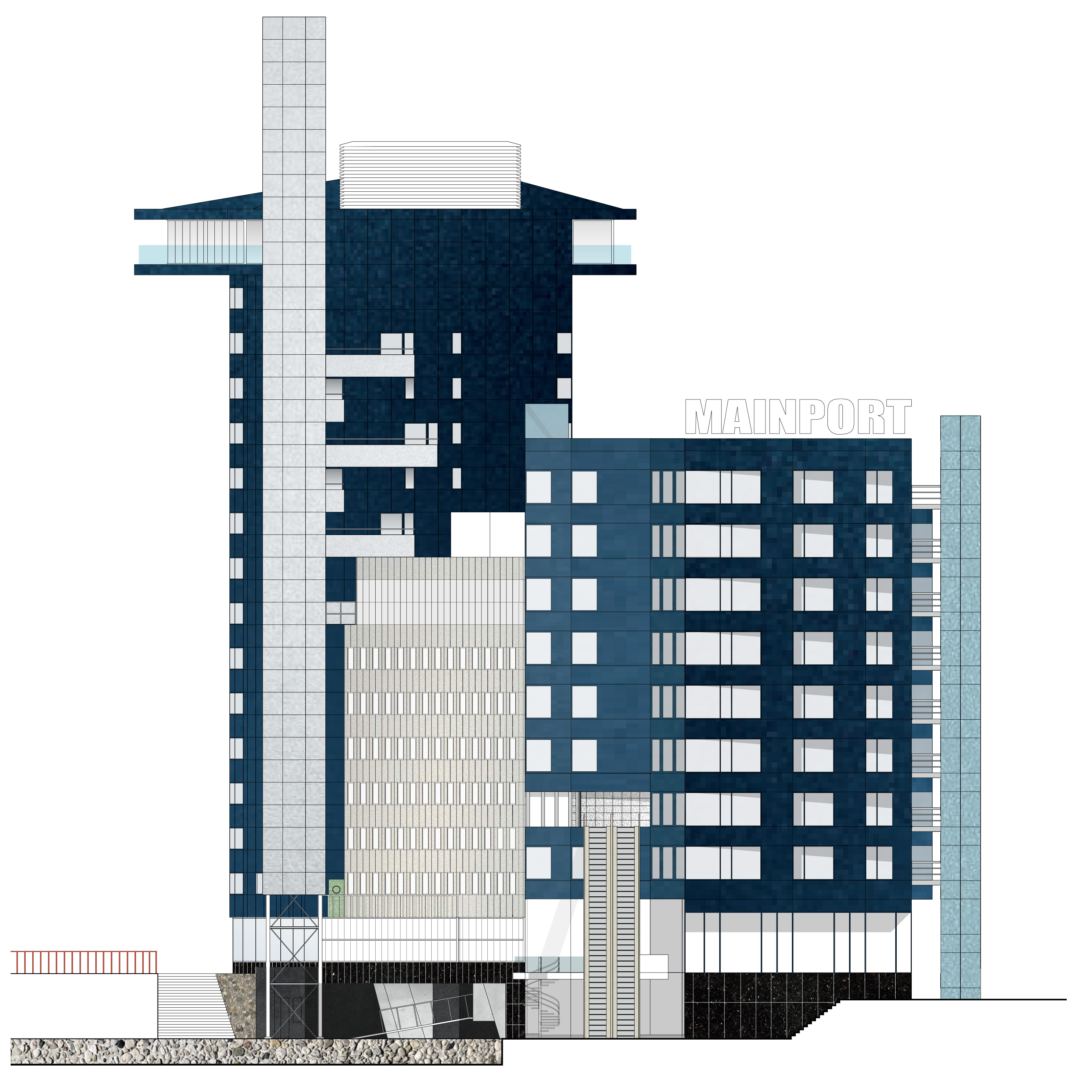BUILDING UPON BUILDING
Amsterdam, 2015, Rotterdam, 2016
Veldwerk approached 45 European architects from different generations all looking for the analogy in architecture. The brief for these contributing offices was to design a fictitious extension for an existing building that complements the inherent narrative of the original structure. The result is a coherent dialogue between contemporary architects and the buildings from our past. Browsing these pages is like strolling through a city, it is local research which poses the following questions: To what extent is it possible to conduct a cohesive dialogue with built work? How can former insights be absorbed, weaving together the city of the past with the stories of our present? These questions are addressed in 45 designs and 4 essays.
![]()
![]()
![]()
![]()
![]()
![]()
Influential on the project are the tightly knit Medieval town centres that seem to have been created as a single structure by a single hand, as though the Medieval zeitgeist was one of togetherness. In reality, this unity also came from more practical constraints. The city's limited architectural vocabulary stemmed from the restricted methods of construction and materials at the time. As a result the city formed in a causal manner with repeated elements and gestures. Because of this consistent vocabulary the medieval city is able to tell a greater story through the relations of its constituent parts. Can’t we again consider the city today as a large structure, built upon in dialogue?
A street or a square forms an argument about what a place is and how a visitor or resident should relate to it. The adjacent buildings themselves are in a collective dialogue, through which they convey relation and movement in the city. Along a sequence of spaces, places and moments in the city, certain leitmotifs introduce an overarching structure to its story. Like familiar characters, thoughts or objects in a novel, recurring elements and materials form a coherent narrative throughout the city.
Thus, on an abstract level, it is possible to view the city as a story or theory, in which all its elements rely on one another, build upon each other and are consequential to one another. When considering the bricks as words and the construction method as grammar, then these together form the syntax of a language. This is an unequivocal language which is tightly bound to its local character, able to create a narrative or a constructive dialogue between the component parts of the city.
![]()
![]()
![]()
![]()
![]()
![]()
![]()
![]()
![]()
Today it seems that this narrative holds less importance and that often, a new project speaks a foreign language. When the dialogues which accompany these projects are conducted on an international podium, by means of publications and blogs, the original, local storyline at the city level is lost. Like an ignorant bystander, these projects seem to impose an internal logic that escapes the thoughts of its neighbouring structures. Buildings are like arguments, they can only resonate within a precise framework. When these arguments are imported from afar they frequently fall outside such a framework and often with it, their arguments are lost. The city today has many conflicting opinions and grows as a collection of individual projects separate from one another.
By working within the local narrative of the city, the project builds on the framework upon which the story of the city has been enriched and augmented over time. The contemporary city is therefore more than a causal story. It is a network of references between buildings, charged with the insights and visions of previous architects. As architects, we are not only indebted to our predecessors for their technical invention. Rather, we must maintain a constructive dialogue with former generations in both composition and style, building upon the theoretical narrative of the city. In this sense we are scientists as much as we are architects. Not working within a theoretical framework on paper; but considering the city itself is a scientific theory. A theory where we are building upon in search of logic, building upon building.
EDITORS: Jantje Engels, Marius Grootveld
GRAPHIC DESIGN: Andreas Depauw, Antwerp
PHOTOGRAPHS: Marius Grootveld, Ghent
ESSAYS: Christophe Van Gerrewey, Arjan Hebly, Dorine van Hoogstraten, Lara Schrijver
CONTRIBUTORS: AMUNT, Sergison Bates, Baukuh, Bedaux de Brouwer, BeL, Anne Dessing, Gunnar Daan, Diederendirrix, Dierendonckblancke, Dow Jones, East, Els Claessens & Tania Vandenbussche, Edelaar Mosayebi Inderbitzin, Fischer Multerer, General Architecture, Happel Cornelisse Verhoeven, Hans van der Heijden, Barnaby Hughes & Hamish Warren, Humblé Martens, Ryan W. Kennihan, Adam Khan, David Kohn, De Kort Van Schaik, Korth Tielens, Lilith Ronner van Hooijdonk, Ties Linders, Lütjens Padmanabhan, Donna van Milligen Bielke, Monadnock, Murmuur, Nbundm*, Nu Architectuuratelier, OFFICE Kersten Geers David Van Severen, OMMX, Studio Ossidiana, Mark Pimlott, re:architekti, Robbrecht & Daem, Jules Schoonman, Hugh Strange, SUB Office, Studio Thys Vermeulen, Veldwerk, De Vylder Vinck Taillieu, Office Winhov
PUBLISHER: NAI010 Uitgevers, Rotterdam
CLIENT: Architectura et Amicitia, Amsterdam
YEAR: 2015 (1st Edition), 2016 (2nd Edition)
ISBN: 978-94-6208-284-7
